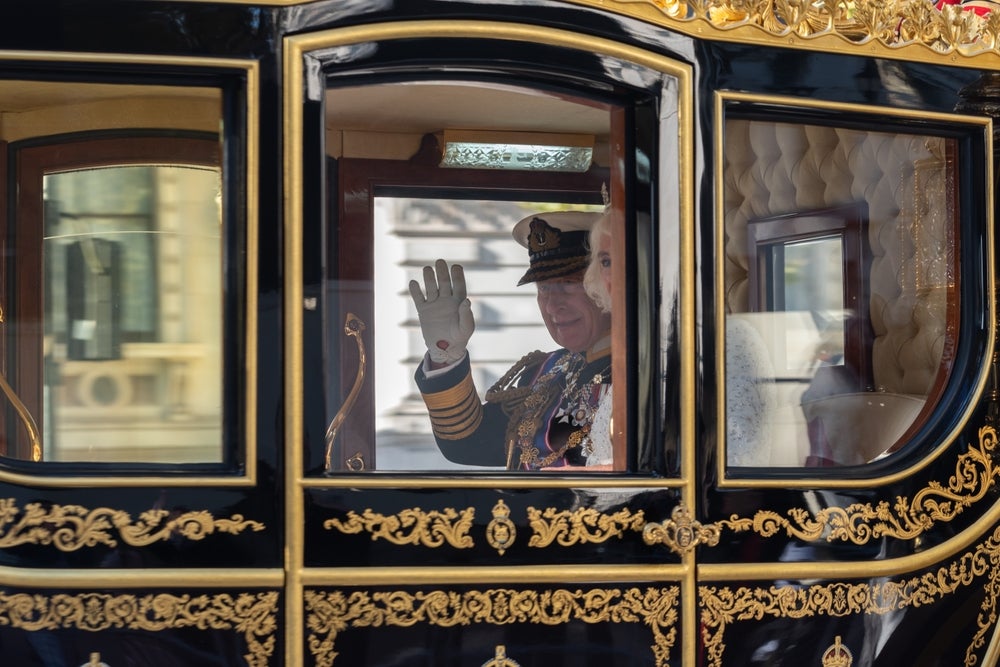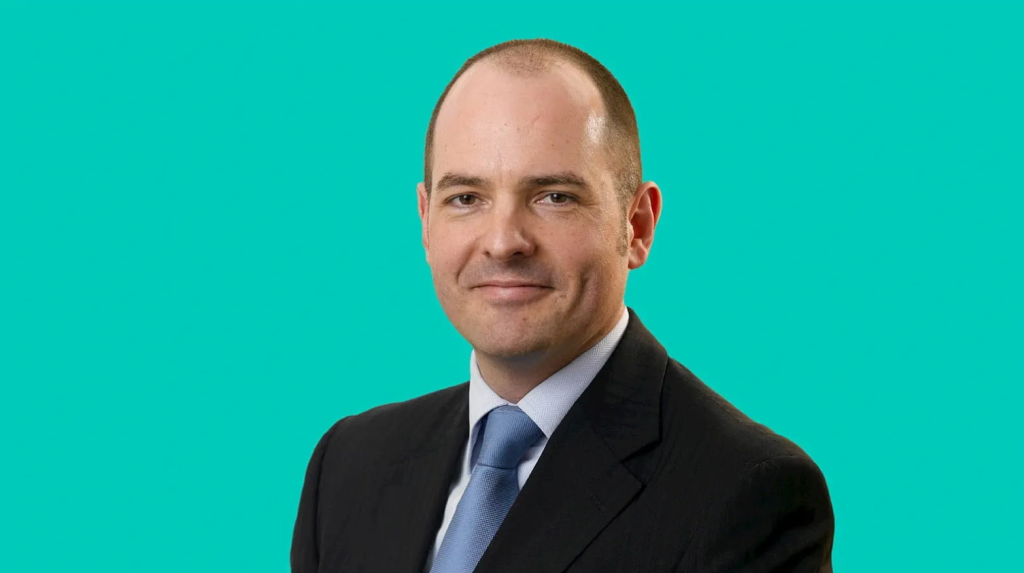I have had dogs virtually all my life. In fact, since I received a black Labrador puppy for my eighth birthday. All but one of the eight have been Labradors. The one exception was a wonderful English Springer Spaniel, but that’s a story for another day.
Officially referred to as Labrador Retrievers – although they originate from Newfoundland – the clue to one of their main traits is in the name. They absolutely love to retrieve things for us humans and, if trained properly, will not only retrieve but also give up the object retrieved. Some of you may even have seen the demonstration by the hotel’s Labradors at Praxity’s Global Conference in Gleneagles. It was magnificent.
My present dog is a yellow Lab named Merlin, who has been trained very well in the retrieving stakes. Not quite as well as the Gleneagles pack, but much better than some of his predecessors. Thus, most mornings when it’s light enough, the main part of our walk involves throwing and retrieving a ball.
In fact, he is so keen on this, that for almost 100 yards before we get to the open area on top of the hill where we walk, he shuffles backwards watching me, waiting for me to get the ball out for the game.
Well, as has often happened over time and regardless of the fact he has the typically soft mouth for which Labradors are renowned, today the ball split. The two hemispheres were only held together by some of the limited remaining cloth on the outside.
Merlin frankly did not care. In his mind, I should have just kept on throwing the ball and he would have kept on retrieving it. But equally frankly, it really wasn’t a ball any more. It could not travel as far, as the aerodynamics were much worse. And it didn’t bounce like it used to – the ‘springy’ nature of a complete ball had been lost. Merlin, however, was fixated on the game. To him it remained a ball and was still the article I was to throw, for him to retrieve.
How well do you really know your competitors?
Access the most comprehensive Company Profiles on the market, powered by GlobalData. Save hours of research. Gain competitive edge.

Thank you!
Your download email will arrive shortly
Not ready to buy yet? Download a free sample
We are confident about the unique quality of our Company Profiles. However, we want you to make the most beneficial decision for your business, so we offer a free sample that you can download by submitting the below form
By GlobalDataAs I said, Merlin is not my first Lab, and this was by no means my first walk with him, let alone the other seven. So, I always have backups. In this case a spare ball, whole and undamaged, in my pocket.
Thus, after one more retrieval, I swapped the now redundant ball for its replacement, and the flight, bounce and inevitable distance returned to our game. Which of course increased Merlin’s enjoyment.
This got me thinking about how common this is, not only in our profession but also in life. How often are we so fixated on the small object, that we miss the fact that it is either no longer fit for purpose, or has lost its essential ‘bounce’ or ‘flight’?
Too often, I’m afraid.
Too often a task draws us so far in and, without us noticing, we develop blinkered vision. We get to the point where we focus only on getting to the end without realising that, at best, we’re only going to partially achieve our originally intended goal, or perhaps miss it completely.
So, I’d suggest that you always place agreed points within a task or project, where you deliberately stand back, review the direction of travel towards the original goal, to ensure that you’re still on the right path, with the right equipment to help you get there.
Think: is the ball you’re throwing still a sphere – whole of itself – or just two hemispheres held together with some old cloth?
By Graeme Gordon Executive Director of Praxity Global Alliance,
This article was first published on his blog on the Praxity website.





